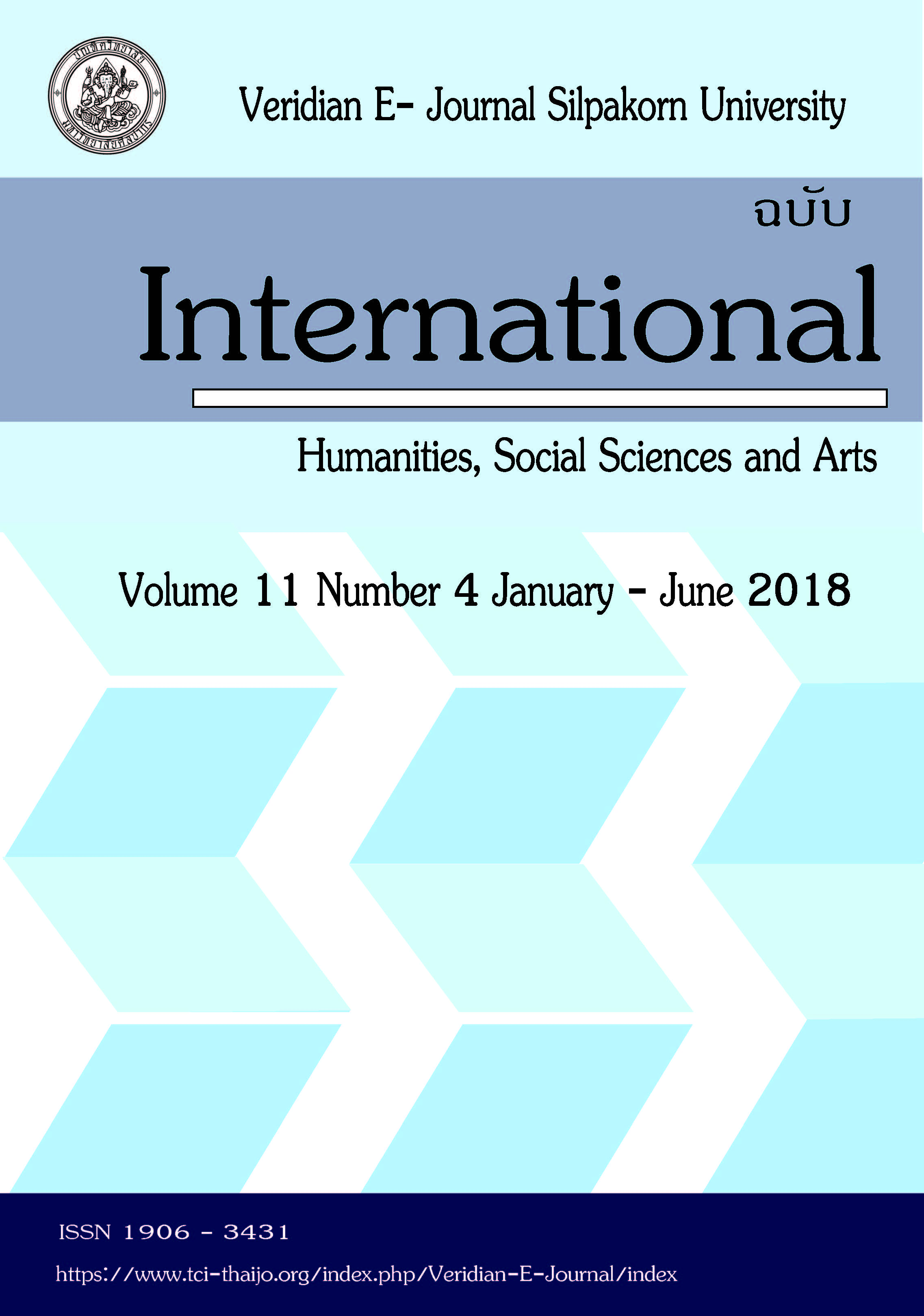Potential Development of Cultural Heritage Tourism of Ancient Remains in Maha Sarakham
Main Article Content
Abstract
This research is acquired from the research of participatory knowledge management for the cultural tourism drive of ancient remains in Maha Sarakham according to the creative economy concept. The research objectives are 1) to study the current condition of ancient remains, 2) to study the attraction potential of tourism of ancient remains and 3) to suggest the model of potential development of cultural tourism of ancient remains in Maha Sarakham. This research is quantitatively and qualitatively conducted. The representative samples are 8 key informants respondents from the agency relevant to ancient remains and 400 respondents who are people in the area of ancient remains. This research uses the purposive sampling. According to 93 areas, it was found that the most ancient remains in Maha Sarakham are complete but dilapidated which around 47 ancients remains can be used as archaeological evidence. Most of them are not registered with the Department of Fine Arts. There is no agency or community which looks after them until they are dilapidated. There are 17 places where do not seem to be ancients remains. There are 18 ancient remained where were renovated by temples, communities and incomes from donation, Pha Pa (a Thai way of raising fund) and several religious ceremonies. Completeness can be used as archaeological evidence to some extent. There are 11 ancients remains where are still complete and can be used as archaeological evidence. For attraction potential of tourism, it could be summarized that the factors with the averages from high to low was local people affiliated with ancient remains (= 3.67), ancient remains were safe for tourism (= 3.65) and ancient remains had various tourist activities (= 3.15). And the model in the potential development of cultural tourism of ancient remains in Maha Sarakham, it was revealed as follows 1) must have made use of the background of ancient remains affiliated with locality as the selling point. 2) The development planning of communication network, telecommunication, information system and software of digital contents would support tourism by the e-commerce system broadly. 3) The promotion of ancient remain images. 4) The development of a variety of tourist activities was considered the least factor. 5) The development of infrastructures and facilities with efficiency focused on development and improvement of logistic system and facilities for ancient remains. 6) The development of restoration of ancient remains for durability focused on restoring dilapidated ancient remains. And 7) It promoted the participatory process of governmental sector, public sector and administrative organization in management of ancient remains.
